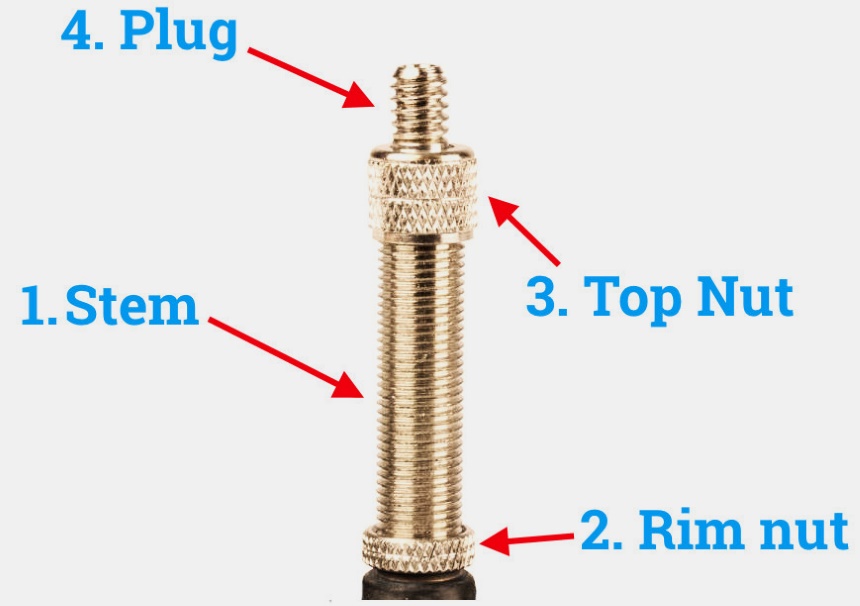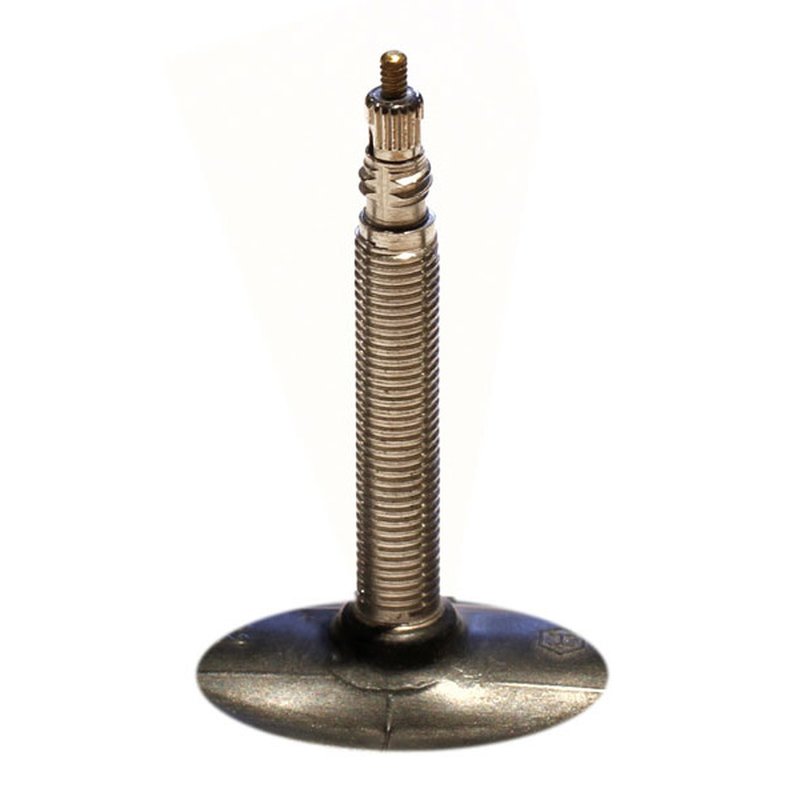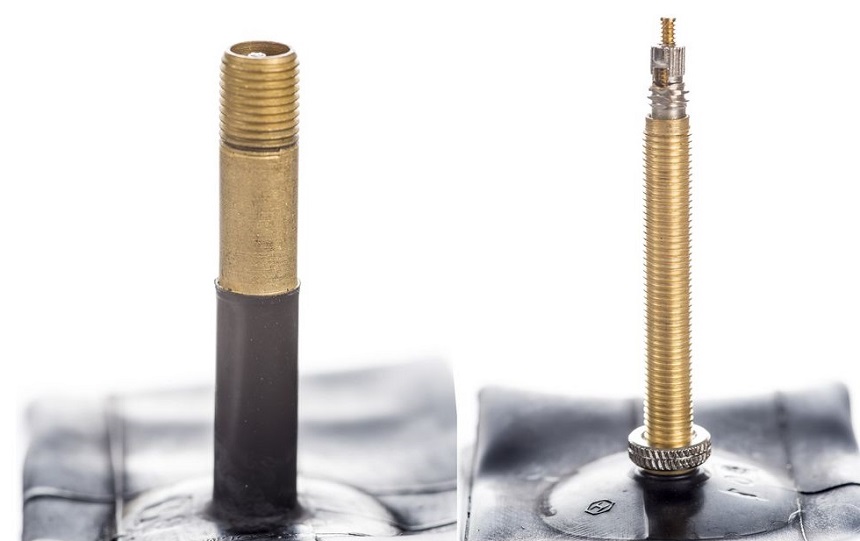Understanding the Basics of Bike Tire Valves
Bike tire valves are a crucial component of a bicycle’s tire system, playing a vital role in maintaining the optimal air pressure required for a smooth ride. There are two main types of bike tire valves: Presta and Schrader. Understanding the difference between these two valve types is essential for any cyclist, as it can significantly impact bike maintenance and performance. The difference between Presta and Schrader valves lies in their design, functionality, and compatibility with tire pumps and CO2 cartridges. In this article, we will delve into the world of bike tire valves, exploring the characteristics of Presta and Schrader valves, their advantages, and the key differences between them.
For cyclists, knowing the type of valve on their bike is crucial for ensuring proper tire inflation. Using the wrong type of valve can lead to reduced tire pressure, decreased performance, and even safety issues. Furthermore, understanding the difference between Presta and Schrader valves can help cyclists make informed decisions when purchasing a new bike or upgrading their existing one. Whether you’re a seasoned cyclist or just starting out, grasping the basics of bike tire valves is essential for getting the most out of your ride.
In the following sections, we will provide an in-depth explanation of Presta and Schrader valves, including their design, functionality, and benefits. We will also discuss the key differences between these two valve types, highlighting their compatibility with tire pumps and CO2 cartridges. By the end of this article, you will have a comprehensive understanding of bike tire valves and be able to make informed decisions about your bike’s tire system.
What is a Presta Valve: How it Works and its Advantages
A Presta valve is a type of bike tire valve that is commonly used on high-performance road bikes and mountain bikes. It is characterized by a slender valve stem with a locknut and a valve cap. The Presta valve is designed to be more compact and lightweight than the Schrader valve, making it a popular choice among professional cyclists and bike enthusiasts.
The Presta valve works by using a locknut to secure the valve stem in place. This allows for a more precise control over the air pressure in the tire, which is essential for high-performance cycling. The valve cap is designed to protect the valve stem from dirt and debris, ensuring that the valve remains functional and reliable.
One of the main advantages of the Presta valve is its ability to handle high air pressures. This makes it an ideal choice for road bikes and mountain bikes that require high tire pressures to achieve optimal performance. Additionally, the Presta valve is more resistant to leaks and damage than the Schrader valve, making it a more reliable choice for cyclists who demand high performance from their bikes.
Many popular bike models use Presta valves, including high-end road bikes from brands such as Trek and Specialized. These bikes are designed to deliver exceptional performance and handling, and the Presta valve is an integral part of their design. By understanding how the Presta valve works and its advantages, cyclists can make informed decisions about their bike’s tire system and optimize their performance on the road or trail.
What is a Schrader Valve: How it Works and its Advantages
A Schrader valve is a type of bike tire valve that is commonly used on hybrid bikes, entry-level mountain bikes, and other types of bicycles that require a more robust and durable valve system. It is characterized by a larger valve stem with a spring-loaded valve core, which makes it easier to use and maintain than the Presta valve.
The Schrader valve works by using a spring-loaded valve core to regulate air pressure in the tire. This design makes it more resistant to leaks and damage than the Presta valve, making it a popular choice for cyclists who ride in harsh conditions or carry heavy loads. The valve stem is also larger and more robust than the Presta valve, making it easier to handle and maintain.
One of the main advantages of the Schrader valve is its ease of use. The spring-loaded valve core makes it easy to add air to the tire, and the larger valve stem makes it easier to handle and maintain. Additionally, the Schrader valve is more compatible with a wider range of tire pumps and CO2 cartridges, making it a more versatile choice for cyclists who need to inflate their tires on the go.
Many popular bike models use Schrader valves, including hybrid bikes from brands such as Giant and Trek. These bikes are designed to provide a comfortable and practical riding experience, and the Schrader valve is an integral part of their design. By understanding how the Schrader valve works and its advantages, cyclists can make informed decisions about their bike’s tire system and optimize their performance on the road or trail.
It’s worth noting that the difference between Presta and Schrader valves can affect the overall performance and maintenance of a bike. While Presta valves are designed for high-performance cycling, Schrader valves are designed for durability and ease of use. By choosing the right valve type for their bike, cyclists can optimize their performance and ensure a safe and enjoyable riding experience.
Key Differences Between Presta and Schrader Valves
When it comes to bike tire valves, understanding the key differences between Presta and Schrader valves is crucial for optimal bike performance and maintenance. While both valve types serve the same purpose, they have distinct designs, functionalities, and benefits. In this section, we’ll highlight the main differences between Presta and Schrader valves, including valve stem size, threading, and compatibility with tire pumps and CO2 cartridges.
One of the most noticeable differences between Presta and Schrader valves is the valve stem size. Presta valves have a smaller valve stem, typically measuring 6-8 mm in diameter, while Schrader valves have a larger valve stem, typically measuring 8-10 mm in diameter. This difference in size affects the overall design and functionality of the valve, with Presta valves being more compact and lightweight, and Schrader valves being more robust and durable.
Another key difference between Presta and Schrader valves is the threading. Presta valves have a finer thread pattern, which requires a specific adapter to attach to tire pumps and CO2 cartridges. Schrader valves, on the other hand, have a coarser thread pattern, which makes them more compatible with a wider range of tire pumps and CO2 cartridges. This difference in threading can affect the ease of use and compatibility of the valve, with Presta valves requiring more specialized equipment and Schrader valves being more versatile.
In terms of compatibility, Presta valves are typically used on high-performance road bikes and mountain bikes, while Schrader valves are commonly used on hybrid bikes, entry-level mountain bikes, and other types of bicycles. This difference in compatibility affects the overall performance and maintenance of the bike, with Presta valves being more suited for high-pressure tires and Schrader valves being more suited for lower-pressure tires.
Understanding the difference between Presta and Schrader valves is essential for cyclists who want to optimize their bike’s performance and maintenance. By knowing the key differences between these two valve types, cyclists can make informed decisions about their bike’s tire system and ensure a safe and enjoyable riding experience. Whether you’re a seasoned cyclist or a beginner, understanding the difference between Presta and Schrader valves can help you get the most out of your bike.
How to Choose the Right Valve Type for Your Bike
Choosing the right valve type for your bike can be a daunting task, especially for those new to cycling. With the difference between Presta and Schrader valves being a crucial factor in bike performance and maintenance, it’s essential to consider several factors before making a decision. In this section, we’ll provide tips and guidelines for choosing the right valve type for your bike, including factors such as bike type, riding style, and personal preference.
One of the primary factors to consider when choosing a valve type is the type of bike you own. Road bikes and high-performance mountain bikes typically use Presta valves, while hybrid bikes and entry-level mountain bikes often use Schrader valves. If you’re unsure about the valve type on your bike, consult your owner’s manual or contact the manufacturer for clarification.
Riding style is another crucial factor to consider when choosing a valve type. If you’re a competitive cyclist or engage in high-intensity riding, Presta valves may be the better choice due to their high-pressure capabilities and lightweight design. On the other hand, if you’re a casual rider or engage in low-intensity riding, Schrader valves may be sufficient.
Personal preference also plays a significant role in choosing a valve type. Some cyclists prefer the ease of use and compatibility of Schrader valves, while others prefer the high-performance capabilities and lightweight design of Presta valves. Consider your own preferences and needs when choosing a valve type, and don’t be afraid to experiment with different types to find what works best for you.
In addition to these factors, it’s also essential to consider the compatibility of your valve type with your tire pumps and CO2 cartridges. Presta valves require a specific adapter to attach to tire pumps and CO2 cartridges, while Schrader valves are more widely compatible. Make sure to choose a valve type that is compatible with your existing equipment to avoid any inconvenience or additional costs.
Ultimately, choosing the right valve type for your bike requires careful consideration of several factors. By understanding the difference between Presta and Schrader valves and considering your bike type, riding style, and personal preference, you can make an informed decision that optimizes your bike’s performance and maintenance. Remember to always consult your
Troubleshooting Common Issues with Presta and Schrader Valves
Despite their differences, both Presta and Schrader valves can be prone to common issues that can affect bike performance and maintenance. In this section, we’ll provide solutions to common problems that may arise with Presta and Schrader valves, including leaks, stuck valves, and incompatible tire pumps.
Leaks are one of the most common issues that can occur with both Presta and Schrader valves. To troubleshoot a leak, start by inspecting the valve stem and tire for any signs of damage or wear. Check the valve core for any debris or corrosion, and clean or replace it as needed. If the leak persists, try tightening the valve nut or replacing the valve stem entirely.
Stuck valves are another common issue that can occur with Presta and Schrader valves. To troubleshoot a stuck valve, try applying a small amount of lubricant to the valve stem and surrounding area. If the valve is still stuck, try using a valve key to loosen it. If the valve is damaged or corroded, it may need to be replaced entirely.
Incompatible tire pumps are a common issue that can occur when using Presta valves. To troubleshoot this issue, try using a Presta-specific tire pump or adapter. If the pump is still incompatible, try using a different pump or adapter that is specifically designed for Presta valves.
CO2 cartridge compatibility is another issue that can occur with Presta and Schrader valves. To troubleshoot this issue, try using a CO2 cartridge that is specifically designed for your valve type. If the cartridge is still incompatible, try using a different cartridge or adapter that is specifically designed for your valve type.
Understanding the difference between Presta and Schrader valves is crucial for troubleshooting common issues that may arise. By knowing the unique characteristics and requirements of each valve type, you can quickly identify and resolve issues that may affect bike performance and maintenance.
In addition to these troubleshooting tips, it’s also essential to regularly inspect and maintain your bike’s tire valves to prevent issues from arising in the first place. Regularly check the valve stem and tire for any signs of damage or wear, and clean or replace the valve core as needed. By taking these proactive steps, you can ensure optimal bike performance and maintenance, and get the most out of your Presta or Schrader valves.
Converting from Presta to Schrader (or Vice Versa): Is it Worth it?
While Presta and Schrader valves have their own unique advantages and disadvantages, there may be situations where converting from one valve type to another is necessary or desirable. In this section, we’ll discuss the feasibility and benefits of converting from Presta to Schrader or vice versa, including the costs, tools required, and potential performance gains.
Converting from Presta to Schrader is generally more straightforward than converting from Schrader to Presta. This is because Schrader valves have a larger diameter and are more widely compatible with tire pumps and CO2 cartridges. To convert from Presta to Schrader, you’ll need to purchase a Schrader valve stem and install it on your wheel. This can be done at home with basic tools, but it’s recommended to have a professional mechanic do the job to ensure proper installation and safety.
Converting from Schrader to Presta is more complex and requires more specialized tools. This is because Presta valves have a smaller diameter and require a specific type of valve stem and adapter. To convert from Schrader to Presta, you’ll need to purchase a Presta valve stem and adapter, as well as a specialized tool to remove the Schrader valve core. This process is more time-consuming and requires more technical expertise, but it can be done at home with the right tools and knowledge.
The cost of converting from Presta to Schrader or vice versa can vary depending on the specific components and tools required. On average, the cost of converting from Presta to Schrader can range from $20 to $50, while converting from Schrader to Presta can range from $50 to $100. While these costs may seem significant, they can be worth it for riders who need to switch valve types for compatibility or performance reasons.
So, is it worth converting from Presta to Schrader or vice versa? The answer depends on your specific needs and preferences. If you’re a rider who needs to switch valve types for compatibility or performance reasons, then converting may be worth the cost and effort. However, if you’re happy with your current valve type and don’t need to switch, then it may not be worth the hassle and expense.
Understanding the difference between Presta and Schrader valves is crucial for making informed decisions about converting from one valve type to another. By knowing the unique characteristics and requirements of each valve type, you can determine whether converting is right for you and make the necessary changes to optimize your bike’s performance and maintenance.
Conclusion: Making the Most of Your Bike’s Tire Valves
In conclusion, understanding the difference between Presta and Schrader valves is crucial for optimal bike performance and maintenance. By knowing the unique characteristics and requirements of each valve type, riders can make informed decisions about their bike’s tire valves and ensure a safe and enjoyable riding experience.
Whether you’re a seasoned cyclist or a beginner, it’s essential to recognize the importance of tire valves in maintaining your bike’s overall performance. By choosing the right valve type for your bike and understanding how to properly maintain and troubleshoot them, you can optimize your bike’s performance, reduce the risk of flats and other issues, and enjoy a more enjoyable and stress-free ride.
Remember, the difference between Presta and Schrader valves may seem minor, but it can have a significant impact on your bike’s performance and maintenance. By taking the time to learn about the unique characteristics and requirements of each valve type, you can make informed decisions about your bike’s tire valves and ensure a safe and enjoyable riding experience.
In summary, the key takeaways from this article are:
- Understanding the difference between Presta and Schrader valves is crucial for optimal bike performance and maintenance.
- Presta valves are commonly used on road bikes and high-performance mountain bikes, while Schrader valves are often used on hybrid bikes and entry-level mountain bikes.
- The main differences between Presta and Schrader valves include valve stem size, threading, and compatibility with tire pumps and CO2 cartridges.
- Choosing the right valve type for your bike depends on factors such as bike type, riding style, and personal preference.
- Proper maintenance and troubleshooting of tire valves can help optimize bike performance and reduce the risk of flats and other issues.
By following these guidelines and understanding the difference between Presta and Schrader valves, you can make informed decisions about your bike’s tire valves and enjoy a safe and enjoyable riding experience.






.jpg)


